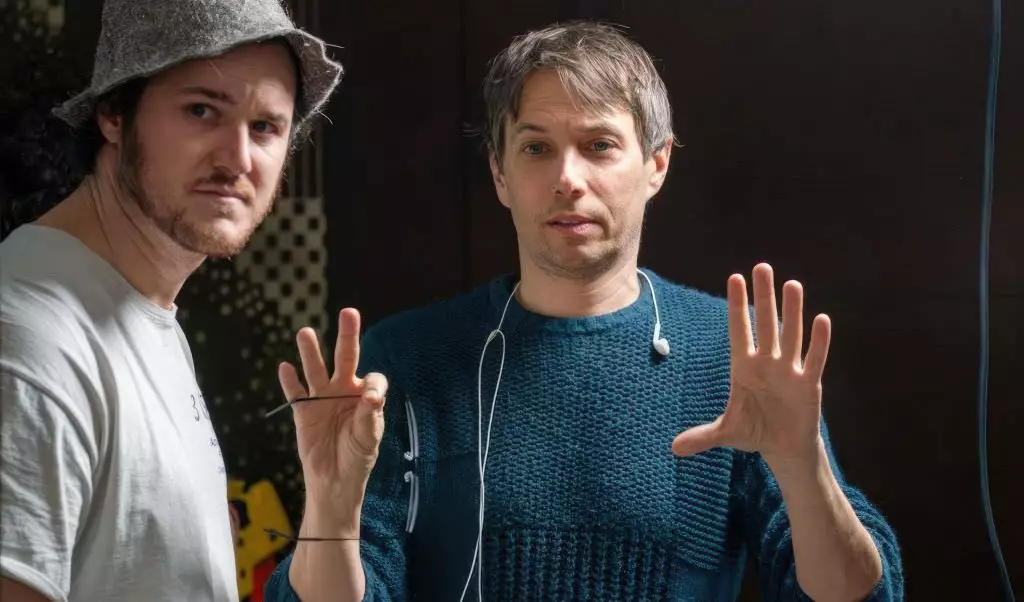Sean Baker stands out in the contemporary film landscape as a bastion of traditional filmmaking, vehemently advocating for the preservation of celluloid in an era dominated by digital media. His conviction is rooted deeply in the belief that cinema’s essence is intertwined with the physical medium that birthed it. In a recent discussion, Baker articulated his philosophy regarding his latest project, “Anora,” emphasizing the significance of creating films for theater audiences rather than merely for digital consumption. He insists that films should be “shot on film” and intended for “the cinema,” highlighting his dedication to returning to the roots of the medium. Baker’s statement reflects a broader sentiment among filmmakers who feel that the tactile experience of watching a movie in a theater is irreplaceable.
For Baker, theatrical releases are paramount. He views home entertainment not merely as a sideline but as an afterthought, suggesting that the essence of a film is best experienced in a communal environment. His collaboration with NEON, which afforded “Anora” a 60-day theatrical window before transitioning to digital platforms, underscores his determination to prioritize a traditional release strategy. Baker’s assertion that he fights for extended theatrical windows with each project points to an industry trend where digital views often overshadow the cinematic experience. His dedication to this approach is indicative of a growing desire among creators to reclaim the cinematic space and assert its value in an increasingly digitized world.
“Anora” has made a significant impact since its premiere. The film’s accolades—including five Golden Globe nominations and recognition from the Directors Guild of America (DGA) and the Screen Actors Guild (SAG)—are a testament to its critical acclaim. Baker’s previous triumph at the Cannes Film Festival with the Palme d’Or has set a high bar for his work, making the success of “Anora” even more meaningful. The film’s production cost of $6 million and its impressive global gross of $32.4 million reflect Baker’s ability to attract both critical acclaim and audience interest, marking it as his most commercially successful endeavor to date.
Baker’s battle for the future of cinema extends beyond personal ambition; it also encapsulates a larger movement within the industry advocating for the preservation of traditional filmmaking practices. He cites collaborations with industry figures like Glen Basner of Film Nation, demonstrating a network of creative allies working in unison to secure favorable conditions for theatrical releases. Baker’s resolve positions him not only as a filmmaker but as an advocate for an artistic medium facing the threat of obsolescence.
Sean Baker’s commitment to cinematic authenticity—through the adherence to celluloid and the prioritization of theatrical releases—sets him apart in modern filmmaking. His philosophical underpinnings and proactive approach signal a vital resistance against the digital tide, aiming to ensure that the legacy of film continues to thrive in its most original form. Through “Anora” and future projects, he champions the idea that the art of storytelling is best perceived within the hallowed walls of a theater, where the magic of film can resonate most profoundly.


Leave a Reply